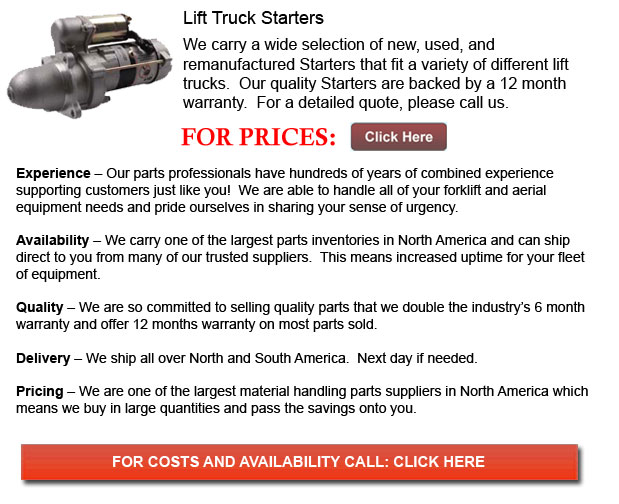
Starter for Forklift - The starter motor of today is usually either a series-parallel wound direct current electric motor which has a starter solenoid, that is similar to a relay mounted on it, or it can be a permanent-magnet composition. As soon as current from the starting battery is applied to the solenoid, mainly via a key-operated switch, the solenoid engages a lever that pushes out the drive pinion which is situated on the driveshaft and meshes the pinion with the starter ring gear which is seen on the flywheel of the engine.
As soon as the starter motor starts to turn, the solenoid closes the high-current contacts. As soon as the engine has started, the solenoid consists of a key operated switch that opens the spring assembly in order to pull the pinion gear away from the ring gear. This action causes the starter motor to stop. The starter's pinion is clutched to its driveshaft by an overrunning clutch. This allows the pinion to transmit drive in only a single direction. Drive is transmitted in this particular method via the pinion to the flywheel ring gear. The pinion continuous to be engaged, for example for the reason that the operator did not release the key once the engine starts or if there is a short and the solenoid remains engaged. This actually causes the pinion to spin independently of its driveshaft.
This aforesaid action prevents the engine from driving the starter. This is actually an important step since this particular kind of back drive would enable the starter to spin really fast that it will fly apart. Unless adjustments were done, the sprag clutch arrangement would stop utilizing the starter as a generator if it was used in the hybrid scheme discussed prior. Normally an average starter motor is intended for intermittent use that would stop it being utilized as a generator.
Thus, the electrical parts are designed to be able to function for more or less under 30 seconds in order to avoid overheating. The overheating results from too slow dissipation of heat due to ohmic losses. The electrical components are designed to save weight and cost. This is the reason nearly all owner's guidebooks utilized for automobiles suggest the driver to pause for a minimum of ten seconds after every ten or fifteen seconds of cranking the engine, when trying to start an engine which does not turn over immediately.
The overrunning-clutch pinion was introduced onto the marked during the early 1960's. Before the 1960's, a Bendix drive was utilized. This particular drive system functions on a helically cut driveshaft which has a starter drive pinion placed on it. When the starter motor begins spinning, the inertia of the drive pinion assembly allows it to ride forward on the helix, therefore engaging with the ring gear. When the engine starts, the backdrive caused from the ring gear enables the pinion to surpass the rotating speed of the starter. At this moment, the drive pinion is forced back down the helical shaft and hence out of mesh with the ring gear.
The development of Bendix drive was developed in the 1930's with the overrunning-clutch design known as the Bendix Folo-Thru drive, made and introduced during the 1960s. The Folo-Thru drive consists of a latching mechanism together with a set of flyweights inside the body of the drive unit. This was an improvement since the standard Bendix drive used to be able to disengage from the ring once the engine fired, even if it did not stay functioning.
The drive unit if force forward by inertia on the helical shaft once the starter motor is engaged and begins turning. After that the starter motor becomes latched into the engaged position. Once the drive unit is spun at a speed higher than what is achieved by the starter motor itself, for instance it is backdriven by the running engine, and afterward the flyweights pull outward in a radial manner. This releases the latch and permits the overdriven drive unit to become spun out of engagement, therefore unwanted starter disengagement could be avoided before a successful engine start.
![]() Click to Download the pdf
Click to Download the pdf
Forklift Parts
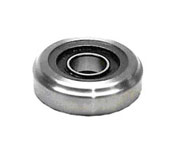
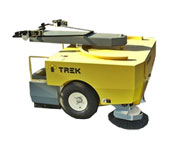
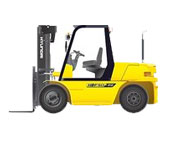
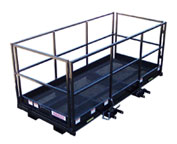
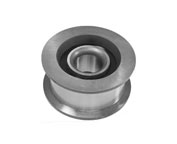
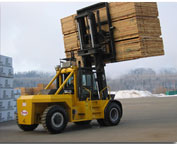
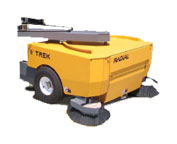
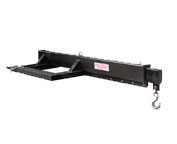
Lift Parts Express
TOLL FREE: 1-888-695-7994
LOCAL: 682-267-0328
209 West 2nd Street #141
Fort Worth, Texas
forkliftpartsfortworth.com
Email Us
About Us


